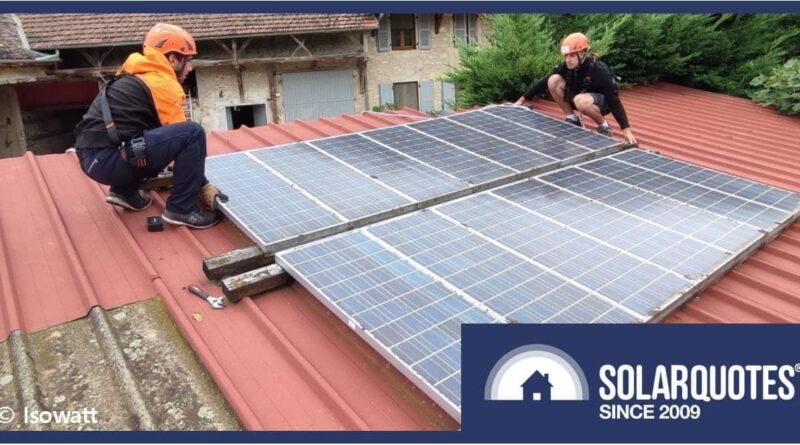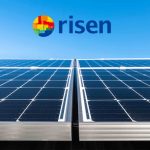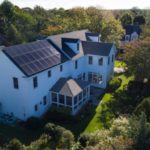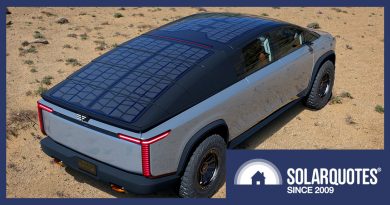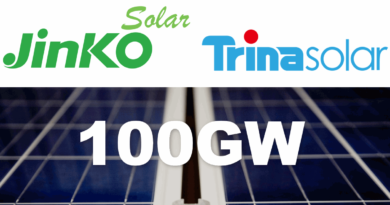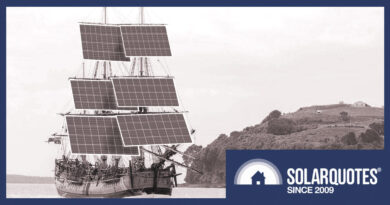31-Year-Old Solar Panels Tested: The Results
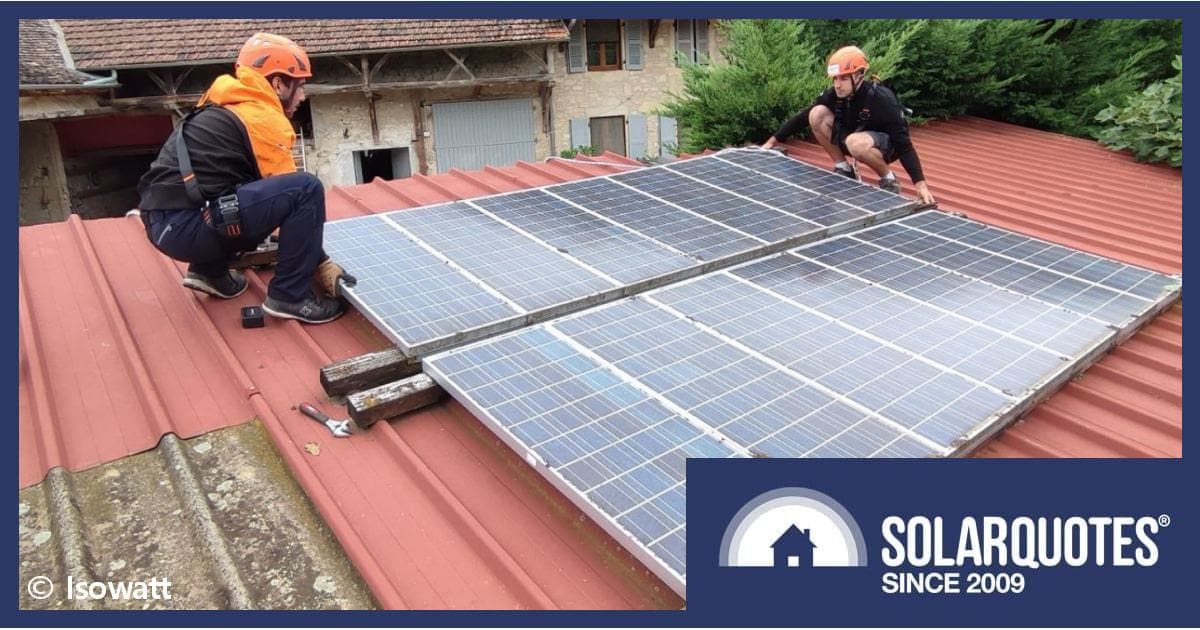
This 31-year-old solar array looks a little worse for wear (and check out the wood racking!), but how are the panels performing?
First, it’s useful to know solar panels are accompanied by two types of warranty:
- Product warranty: covers defects in design, material, workmanship and manufacture.
- Performance warranty: guarantees a minimum level of performance (power output) over time.
Performance warranties are usually 25 years, although some brands may offer more. There’s a warranted annual performance degradation rate from years 2 – 25, with a final performance figure noted for the 25th year. For example, if a 400-watt solar panel has 85% power output warranted at year 25, that means it retains at least 340 watts output capacity at that point in time.
You can compare performance warranty details and other specifications of many modules available in Australia using SQ’s solar panel comparison table.
25 years is a long way off for anyone buying a system today. It’s impossible to tell if a manufacturer will stick around to honour such a lengthy warranty, or the importer/installer if a manufacturer disappears. But it would be reassuring to know if the panels have a chance of maintaining a useful level of performance after two-and-a-half decades of sitting on your roof.
And the short answer would appear to be, oui – err, yes!
Performance Durability Proven Over Decades
Hespul is an organization focused on facilitating the development and deployment of renewable energy and energy efficiency technologies in France.
Back in 1992, Hespul was responsible for the installation of the first solar power system connected to France’s electricity network. On the 20th anniversary of the project, the panels were removed and their performance laboratory-tested under international standards at the time. After 20 years of operation, the modules were found to be producing 91.7% of their initial nameplate power; assumed to mean on average.
The array was reinstalled and performance testing again carried out at the 31-year mark under current testing standards, which concluded the solar panels were producing 79.5% of their initial power.
“These tests thus complete the demonstration of the reliability of photovoltaics, which is a reliable and mature technology with the capacity to become one of the major sources of energy in France and in the world,” says Hespul (translated).
The brand/capacity of the solar panels wasn’t mentioned in the Hespul release, but digging around indicates they were from Kyocera and the total system capacity was a bit under 1kW. While Kyocera panels used to be available in Australia and the firm still manufactures modules, the company’s subsidiary here went into liquidation back in 2014.
Hespul says their results are similar to testing carried out on old panels by organisations including the USA’s National Renewable Energy Laboratory, the University of Ljubljana in Slovenia and researchers in Switzerland.
In Switzerland, a 10kW system (“TISO 10kW“) was installed in Lugano in 1982 and was the first grid-connected PV plant in Europe. 10kW solar systems are quite common on residential rooftops in Australia these days, but back in the early 80’s an installation of that size anywhere in the world would have been considered huge. After 35 years working in a temperate climate, approximately 70% of the TISO 10kW project modules still demonstrated performance higher than 80% of their initial capacity (±3% measurement uncertainty).
While Australia’s climate is particularly harsh, these test results along with technology improvements provide some reassurance your solar panels should still be earning their keep for a very long time to come if you have good quality modules that have been competently installed.
Original Source: https://www.solarquotes.com.au/blog/old-solar-panels-tested-mb2938/

